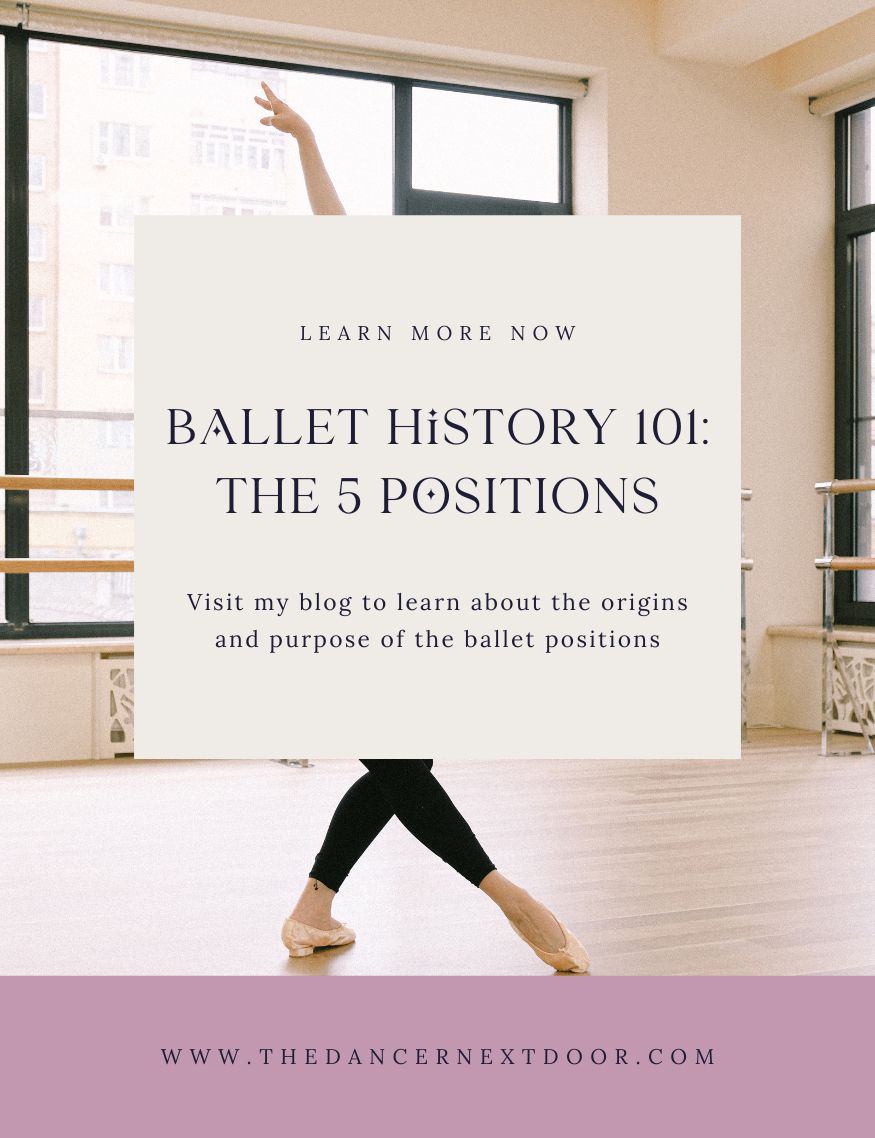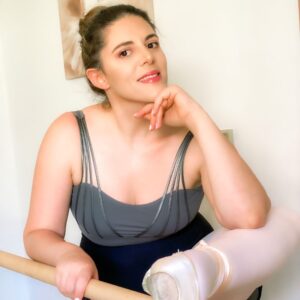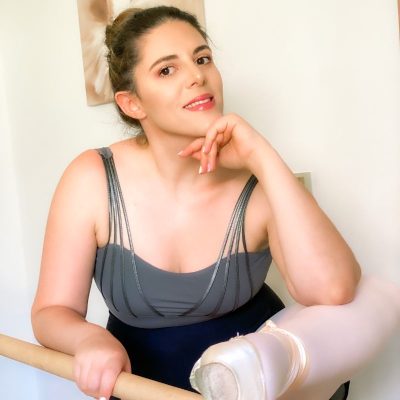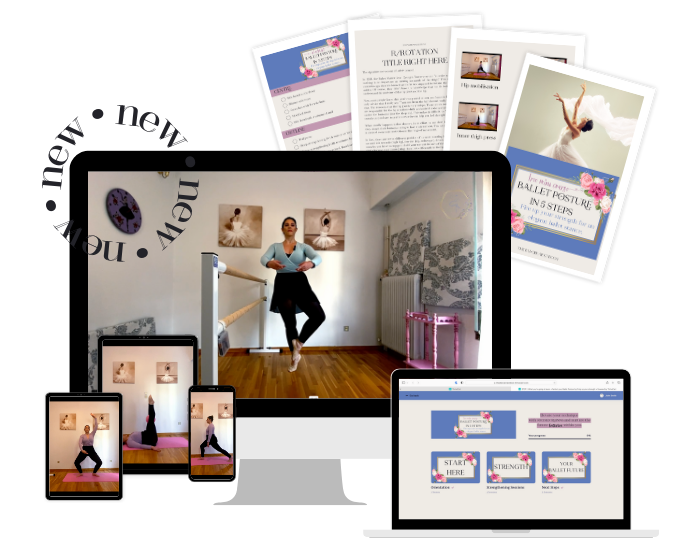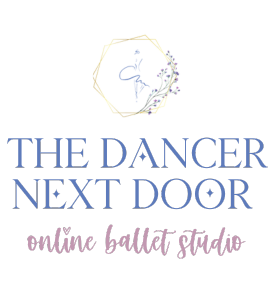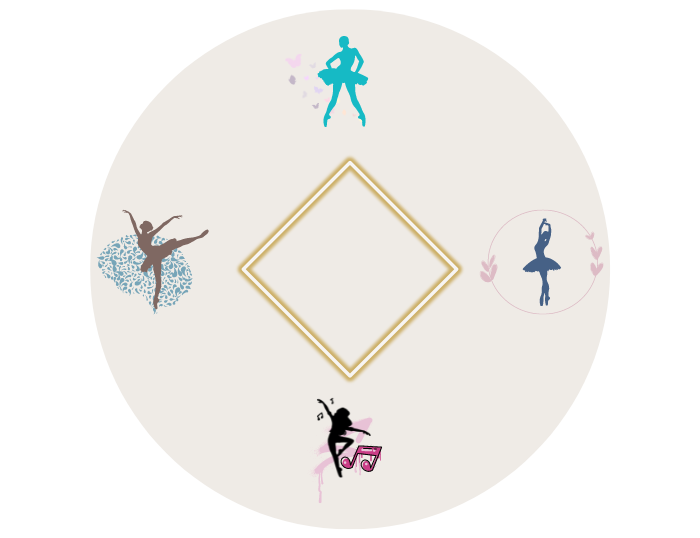If you’ve taken a few ballet classes, you’re familiar with the five positions of the feet. But have you ever thought about who came up with them? When did ballet dancers start using them and why? In this post, we’ll explore the history of ballet positions and evolution of this beautiful dance form through the ages.
Before we dive into the positions themselves, let’s have a look at the origins and evolution of ballet.
HOW BaLLET STArTeD
Ballet started in the 15th century in Italy, and originally, it was performed in courts of nobility. It wasn’t until a century later when ballet started taking its form as we know it today. The French King Louis XIV loved ballet and in fact, he danced himself. He popularised ballet and helped make it more professional. Up until then ballet was considered a pastime for the nobility. Thanks to Louis XIV’s love for it, ballet became an activity that required professional training. That’s when ballet graduated from the courts to the stage.
That’s when Pierre Beauchamp established the five positions of the feet, in 1725. They’re still used today, 300 years later across all ballet systems and schools.
Let’s explore all five ballet positions.
The five ballet positions of the feet
First, one thing that all positions have in common is that the legs are en dehors aka. turned out.
Turnout
In ballet, “turnout” refers to the outward rotation of the legs from the hips, with the feet pointing away from the body’s midline. This rotation is a fundamental element of classical ballet technique. It’s essential for achieving proper alignment, balance, and fluid movement in various ballet positions and steps.
In a properly executed turnout, the dancer’s legs rotate outward from the hips. They’re allowing the knees and feet to point in the same direction as the extended line of the hips. This rotation creates a visually pleasing aesthetic and facilitates graceful movement across the stage. Turnout also helps distribute the body’s weight more evenly. Plus, it’s reducing strain on the knees and ankles during demanding ballet movements.
1st position
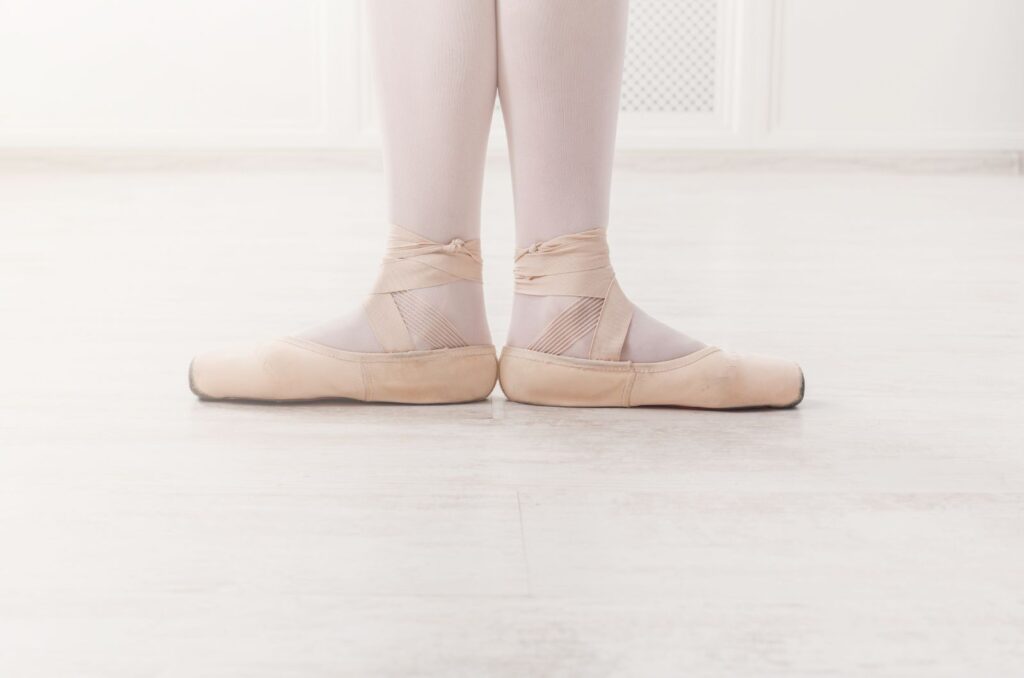
In first position, the dancer stands with both feet together, heels touching, and toes pointing outward in opposite directions. The turnout is initiated from the hips, with the knees and feet rotated outward to the maximum extent possible while maintaining alignment with the hips. Naturally, first position is the basis and starting point for the other four.
2nd position
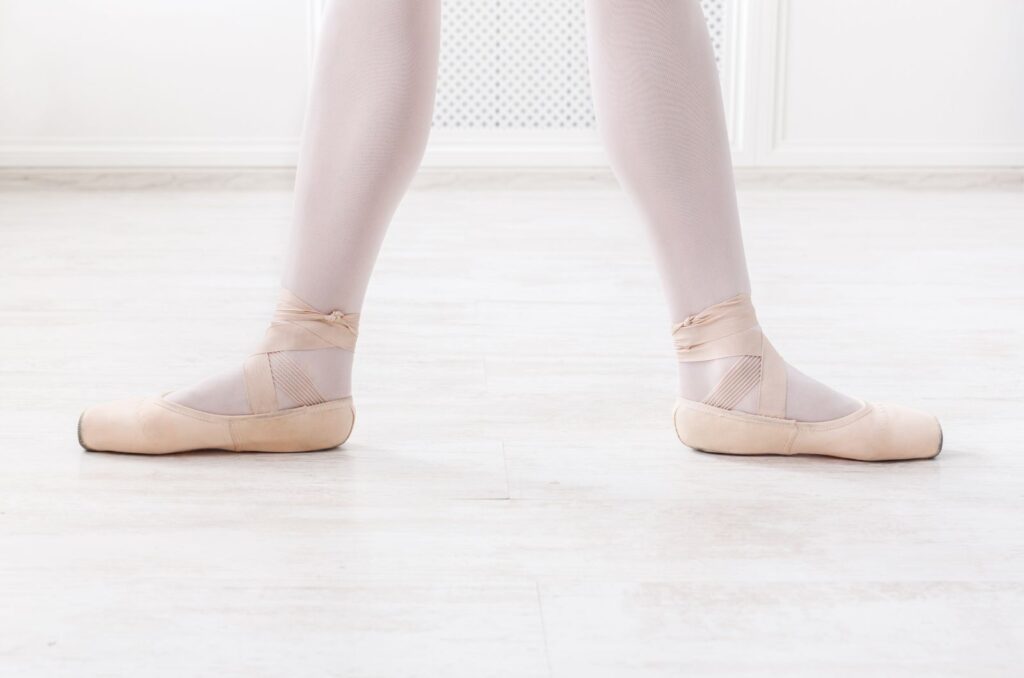
In second position, the dancer stands with both feet apart, wider than shoulder-width apart, and the heels aligned with the hips. Second position is an evolution of first.
Pro tip:
Your personal second is the line starting from your first. When you do a battement tendu to the side and then place your foot flat on the floor. A rough guide is that your second position is the length and a half of your foot.
Second position offers a wider base of support than first position. It’s providing stability for movements that require greater lateral movement or balance.
3rd position
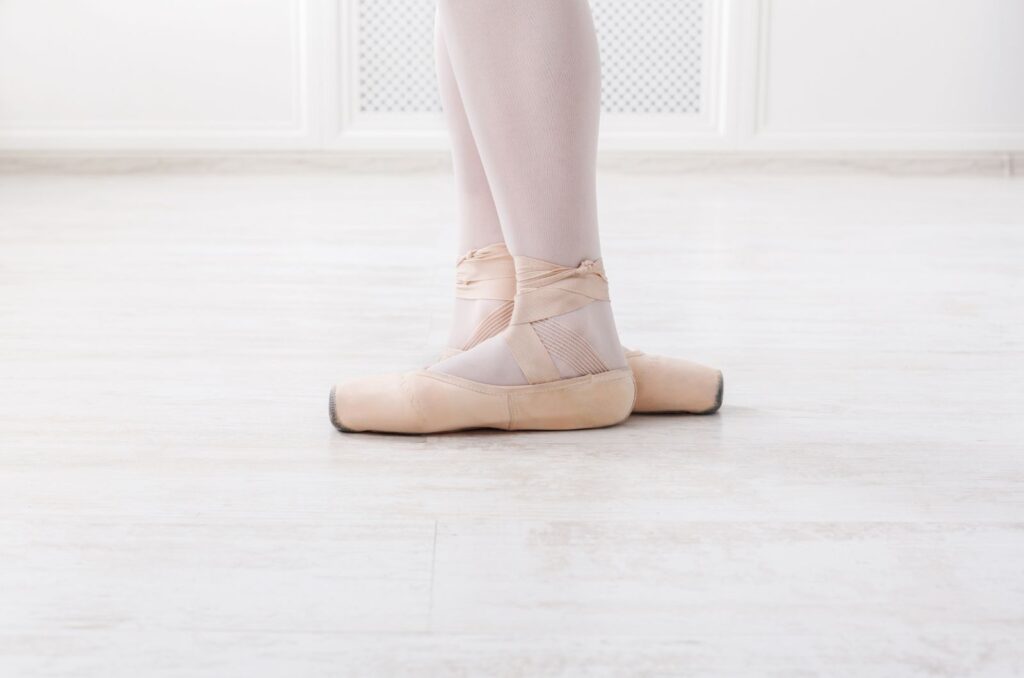
In third position, the dancer stands with one foot placed in front of the other, creating a crossed stance similar to fourth position.
The heel of the front foot is positioned against the arch of the back foot. Simultaneously, the toes of the front foot extend slightly beyond the heel of the back foot.
Third position offers a balanced and stable stance, providing a transitional position between first and fifth positions.
Sometimes, in adult ballet classes, you might find that teachers skip over third position, going straight to fifth. While this may seem like a time-saving measure or a way to keep students engaged, it can actually hinder your progress in developing proper technique.
Skipping third position may result in difficulties with turnout and alignment. Especially if you’re still building strength and flexibility in your hip joints.
Pro tip:
If you notice that your fifth position tends to look more like a third position with parallel feet, spend more time in third position, gradually working towards a fully turned-out fifth position.
This approach allows for a more thorough development of technique and ensures that you’re truly ready to progress to more advanced movements.
4th position
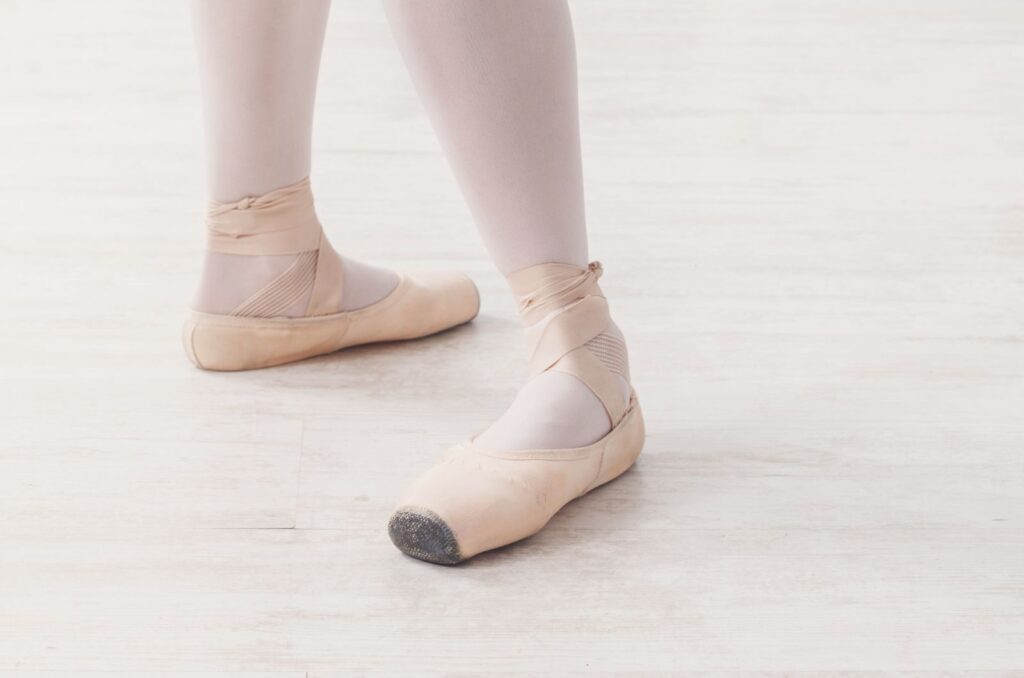
In fourth position, the dancer stands with one foot placed in front of the other, creating a crossed stance similar to fifth position.
However, unlike third or fifth position where the feet are close together, in fourth position, there is a wider gap between the feet.
Similarly to second, you can find your fourth position by doing a battement tendu en avant (aka forward). Start from third or fifth and place your foot flat on the floor. The heel of the front foot should align with the arch of the back foot.
5th position
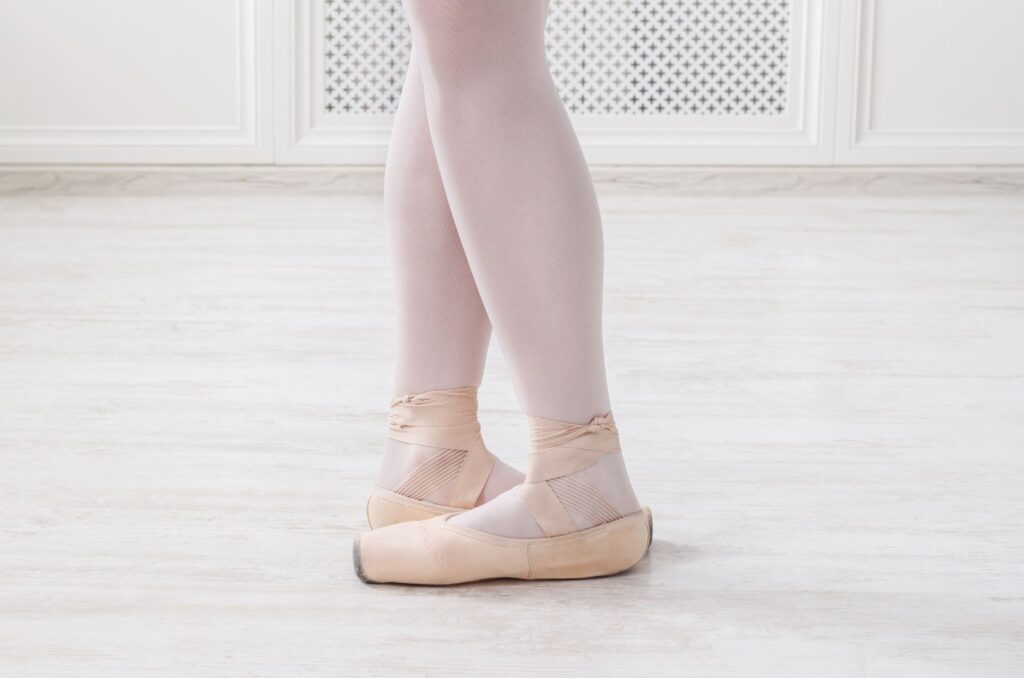
In fifth position, the dancer stands with one foot placed directly in front of the other, creating a crossed stance.
The heel of the front foot is positioned against the big toe of the back foot. The toes of the front foot extend slightly beyond the heel of the back foot. The fifth position offers a stable and symmetrical stance. Also, it provides a strong foundation for executing various ballet movements and sequences. Achieving proper alignment and turnout in fifth position is essential for mastering classical ballet technique and achieving precision and grace in performance.
The purpose of the fifth position extends beyond its physical alignment; it contributes significantly to the overall gracefulness of a dance performance. The crossing of the legs in fifth position serves as the starting point for many movements, such as battement tendu and arabesque. As a result, it creates the illusion of longer lines, enhancing the aesthetic quality of the dancer’s movements. So, it’s showcasing elegance and poise.
The purpose of ballet positions
The primary purpose of codifying ballet positions was to provide a standardised vocabulary and framework for teaching and performing ballet. These positions served as the building blocks for various movements, steps, and choreography, allowing for consistency and uniformity in ballet technique. All these years later, these five positions have remained consistent.
Of course as an artist, a dancer or a choreographer, you have poetic licence to modify these basic positions in your dance, as choreographers have been doing for centuries.
As we wrap up our exploration of ballet positions, it’s clear that these fundamental elements carry a rich history and profound significance within the ballet world. I truly believe that when you know the history of your art and understand the purpose and origin of what you do, you can learn and progress in a more meaningful way.
👉🏼 In the comments below, share your thoughts on ballet history and suggest topics you’d like to explore further on this blog. 👇🏼

